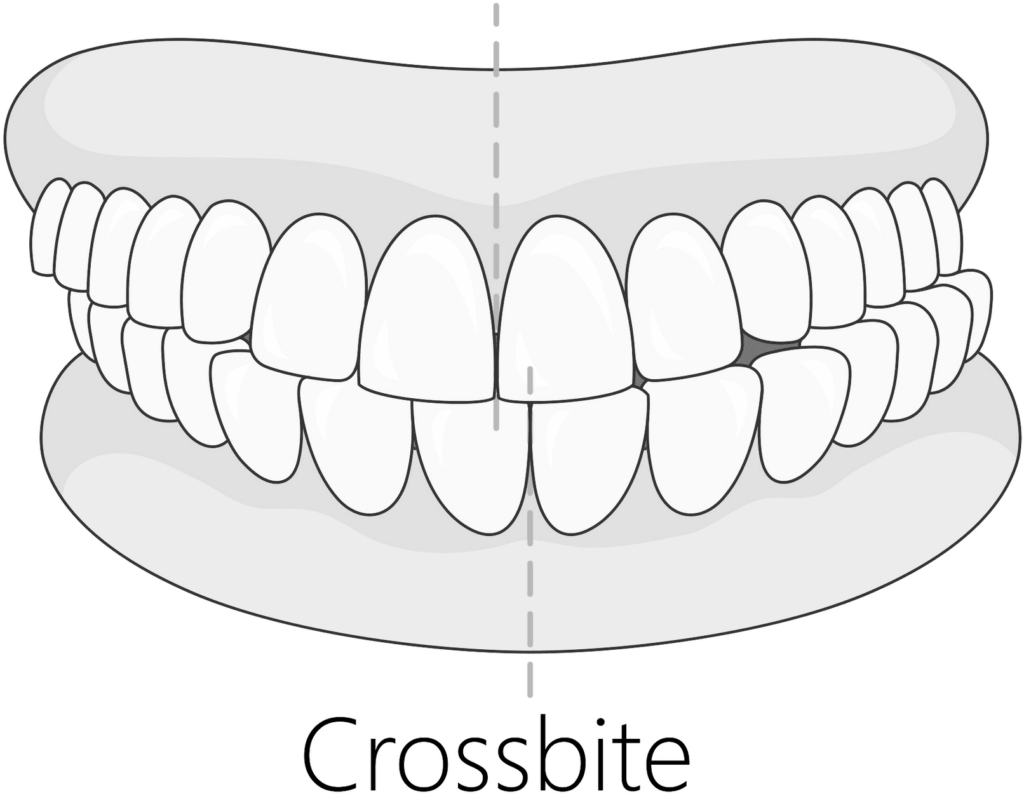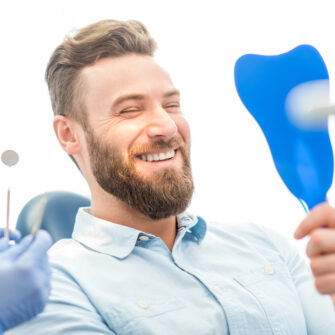Crossbites Defined
A crossbite is a prevalent form of malocclusion, or teeth misalignment, where the upper teeth sit inside the lower teeth, or the upper back teeth bite completely outside of the lower teeth. This dental anomaly can affect a single tooth, multiple teeth, or groups of teeth, impacting either the front or back regions of the mouth. Understanding the variations of crossbites, including posterior and anterior crossbites, is crucial for effective treatment and management.

What Are the Types of Crossbites?
The condition manifests in three primary forms:
- Posterior Crossbite: When the back teeth are affected, the upper teeth sit inside the bottom teeth, distinguishing it from a normal bite alignment.
- Anterior Crossbite: In cases where the front teeth are in a crossbite, one or more top teeth sit behind the bottom teeth. The term underbite is often used when all of the top front teeth or jaw are positioned behind the lower front teeth.
- Buccal Crossbite or Brodie Bite: This type of bite involves one or more of the upper back teeth biting completely outside of the lower teeth. This can cause poor chewing function and excessive wear of the teeth involved.
What Causes Crossbite?
Crossbites can arise from genetics, delayed loss of baby teeth, abnormal eruption of adult teeth, or prolonged habits such as thumb sucking or atypical swallowing patterns. These elements can generate undue pressure, pushing teeth out of place and distorting bone structure.
Why Should I Treat My Crossbite?
Addressing a crossbite early, especially during childhood when the face and jaws are still developing, can prevent underlying jaw issues. Ignoring this condition could lead to:
- Jaw shifting to one side
- Lopsided or asymmetric jaw growth
- Excessive or abnormal enamel wear of the teeth
In severe cases, untreated crossbites may necessitate jaw surgery for correction.
How the AAO Approaches Crossbite Correction
The treatment plan for correcting a crossbite depends on its extent. Common interventions for growing patients include using a palatal expander to widen the upper jaw and orthodontic appliances like braces or clear aligners to reposition the teeth afterward. An orthodontic specialist can ascertain the suitable method, or a combination of methods, to correct a crossbite, ensuring an optimal outcome and balance between the upper and lower jaws.
Consult an AAO Orthodontist
Choosing an AAO orthodontist for orthodontic treatment guarantees a high level of expertise. Orthodontists are masters in orthodontics and dentofacial orthopedics, focusing on properly aligned teeth and jaws. Their adeptness ensures that you or your child receives the best care for a radiant smile. Get connected to an AAO orthodontist near you today!



